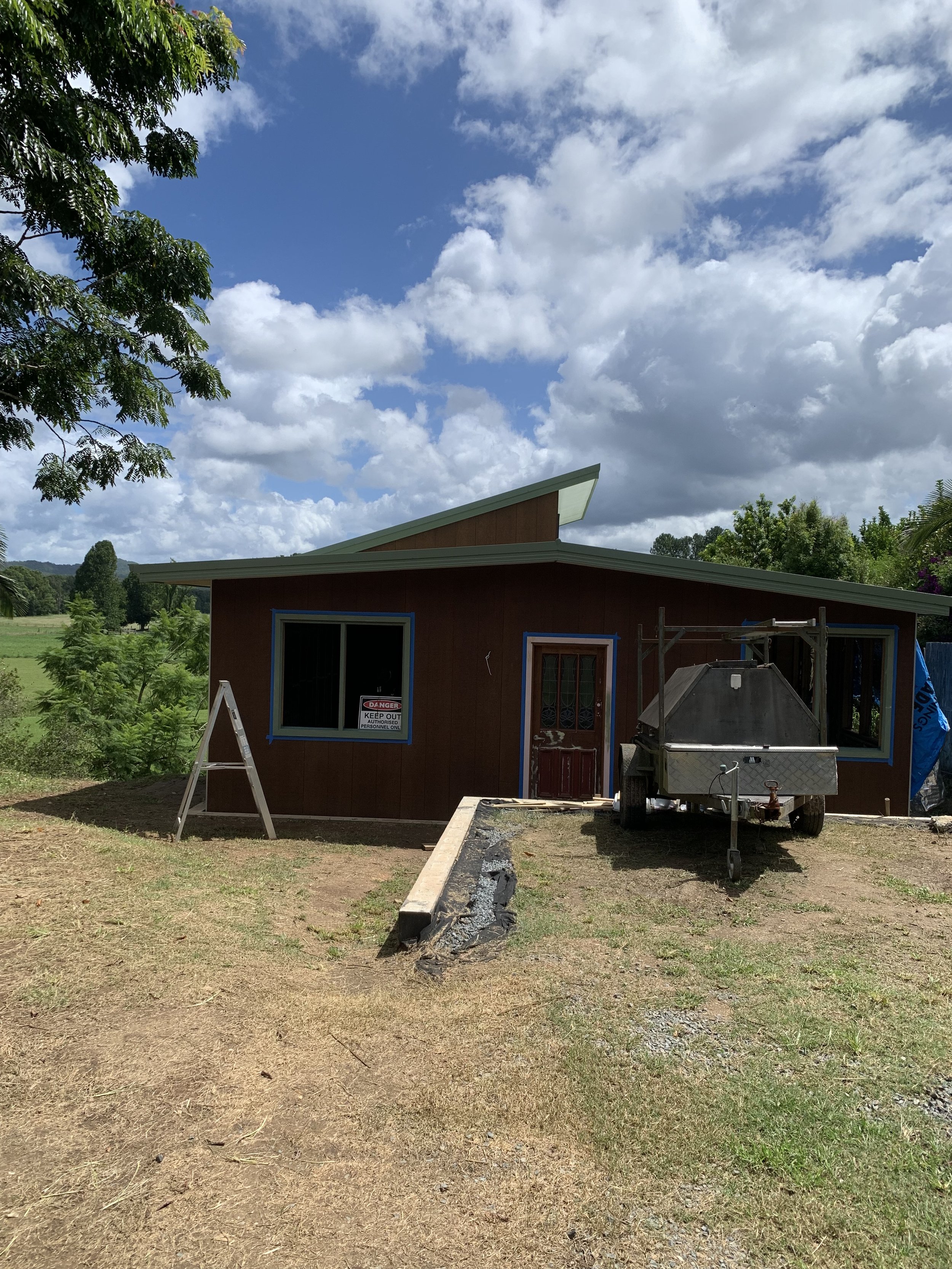
CLT - forever affordable homes and broader community benefits
What is a community land trust?
A community land trust is a non-profit organisation that holds title to property to deliver permanently affordable housing and community benefit. To ensure they meet the needs of the community they serve, CLTs are characterised by active voting memberships that include, but are not limited to, residents of the CLT’s homes.
In addition to permanently affordable homes that can be rental through to ownership, many CLTs also steward a range of community, open space, and/or commercial properties in response to local need.
How are CLTs different to social housing?
Social housing tends to be only available as rental housing for very low through to moderate income households. Often, residents in social housing can’t stay in their homes if their incomes go above certain limits.
In contrast, CLTs can provide everything from boarding houses to single-family, owner-occupied housing and can house people across a range of incomes, usually up to 120% of median income. Importantly, CLT residents can stay in their homes as long as they like. Householders can rent or own their homes, but cannot access the land value, ‘flip’ properties for profit, or sub-let for profit.
Due to their focus on community benefit, CLTs can and do also underlie community and commercial facilities including aged care, childcare, community gardens, health centres, refugee centres, businesses, open spaces, and many others.
CLTs often refer to themselves as “developers who don’t go away” as they are community-based and community-driven. Their ongoing place in their community means they are committed to better construction, environmental performance, and other housing and planning outcomes.
What do householders have title to?
Householders either rent their home from the organisation on a long-term renewable lease or own it in partnership with the organisation. Their rights are inheritable, so the home can be left to heirs.
Do householders get their money back?
That’s where the legal agreement comes in, whether it’s a lease or co-ownership deed. It spells out the resale formula for the home (if the resident has paid for an equity component) to balance the equity gain to the resident with the retention of affordability across sales.
So, if a home is sold, any public subsidies or private donations are locked in and the home stays affordable. The agreement also spells out criteria regarding maintenance, appropriate use, eligibility, inheritance, and renovations.
Where are they?
Over the past four decades, more than 200 CLTs have been established in the USA, where low- to moderate-income homeowners in CLT homes withstood the 2008 mortgage meltdown, with a foreclosure rate one-eighth of the national average across all income levels.
Over 350 CLTs have been established in the UK in the last 15 years with over 2,000 assets and 5413 in the pipeline: and they are growing across Europe and other parts of the world.
What’s the relevance here in Australia?
Housing based on CLTs principles in Australia could foster mobility and stability in housing, combining community development and high-quality design with a range of much-needed affordable housing options that stay affordable. Like any other form of housing, CLT models require homes, land, and/or funds to start.
Australia has a growing community housing sector that currently provides affordable rental housing for very low- to moderate-income households; resale-restricted home ownership based on CLT principles could be a natural extension of their activities. Local communities and municipalities may also want to start up organisations to create affordable housing and deliver diverse benefits through non-speculative development. Increasingly, global cities, including London and New York, are choosing to not sell public land, but to support and partner with CLTs as innovative place-makers to develop and perpetually steward high quality and affordable residential and non-residential spaces.
What else do they do?
CLTs usually start with the aim of increasing affordable housing for locals who have been priced out of their communities. Over time, established CLTs have broadened their approach to a range of activities which provide significant benefits to the communities they serve. For example, some CLTs run market gardens, cafes, even pubs. There are many examples of CLTs that have helped depressed communities to thrive again.
